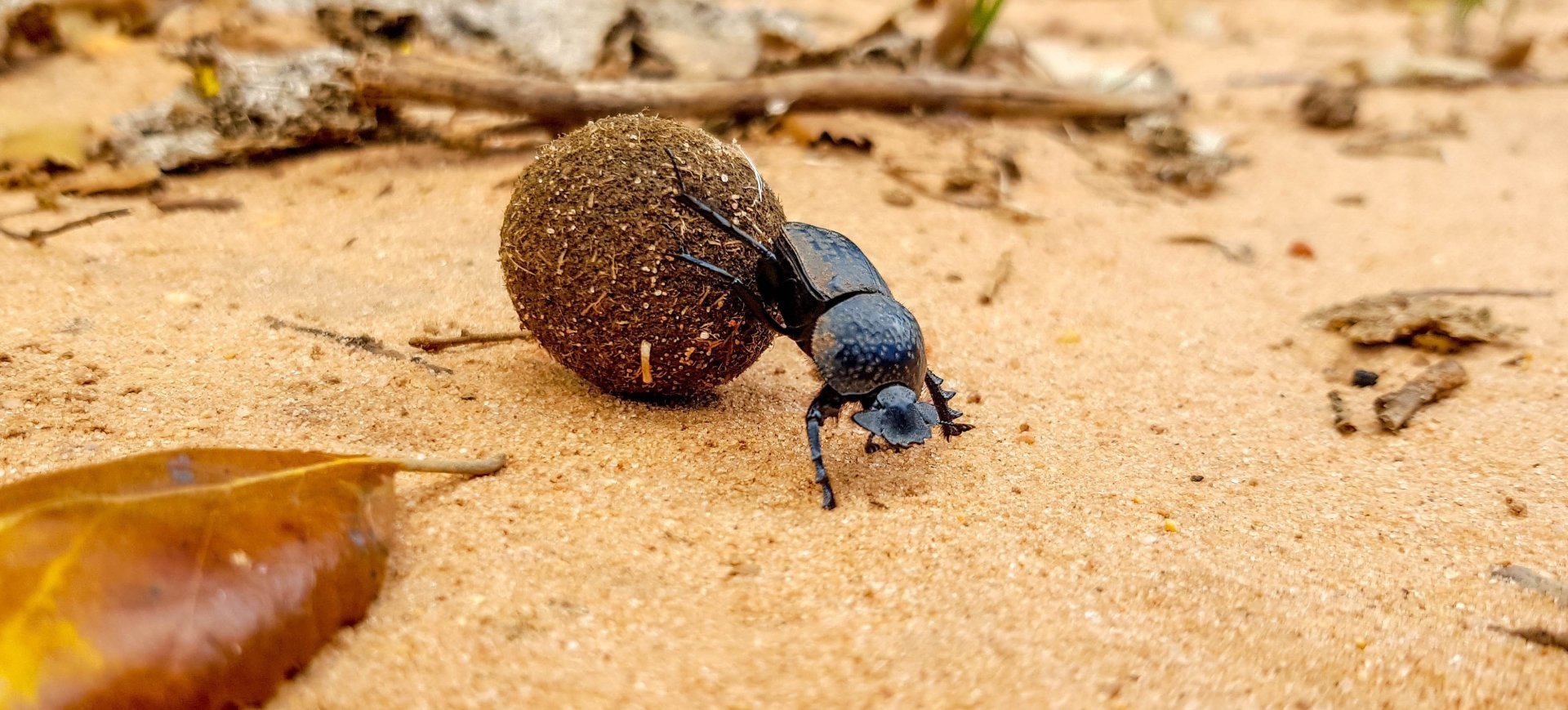







![]() Information: Synhoria cephalotes, the species is widespread mainly in East Africa, where it is most often observed near human dwellings, probably due to the frequent occurrence of bees of the genus Xylocopa on which they parasitize. The species is sometimes attracted to a light trap.
Information: Synhoria cephalotes, the species is widespread mainly in East Africa, where it is most often observed near human dwellings, probably due to the frequent occurrence of bees of the genus Xylocopa on which they parasitize. The species is sometimes attracted to a light trap.
The taxonomy of the genus is still unsatisfactory being the distinctive characters quite variable (see Bologna 1994). S. testacea seems distributed only in southern Africa, but the differences with S. cephalotes (Kolbe, 1897) and S. senegalensis (Laporte de Castelnau, 1840), both widely spread in the intertropical fascia of Africa, and S. betsimisaraka (Paulian, 1956) from Madagascar and Comores Islands, are not well defined (Bologna & Laurenzi 1994).
Body length: 30 - 40 mm
Peak activity: January - December (depends on region)
![]() Remarks:
Remarks: ![]() Synhoria sp. parasitizes large carpenter bees (genus Xylocopa).
Synhoria sp. parasitizes large carpenter bees (genus Xylocopa).
![]() Distribution: Ethiopia, Kenya, Malawi, Tanzania, Uganda, Zimbabwe ...
Distribution: Ethiopia, Kenya, Malawi, Tanzania, Uganda, Zimbabwe ...
Zoogeographic region: Afrotropical
![]() Taxonomic classification:
Taxonomic classification:
![]() Material examined (& observation):
Material examined (& observation):
Ethiopia ![]()
Oromia State | Ilubabor reg.
Metu env.
(GPS) ![]()
Altitude 1750 m a.s.l. | 10.11.2014
![]() Our observation period: November ~ December
Our observation period: November ~ December![]() Sampling Methods: Attracted to light trap
Sampling Methods: Attracted to light trap ![]()
![]() & on bush
& on bush ![]()
 Ethiopia
Ethiopia